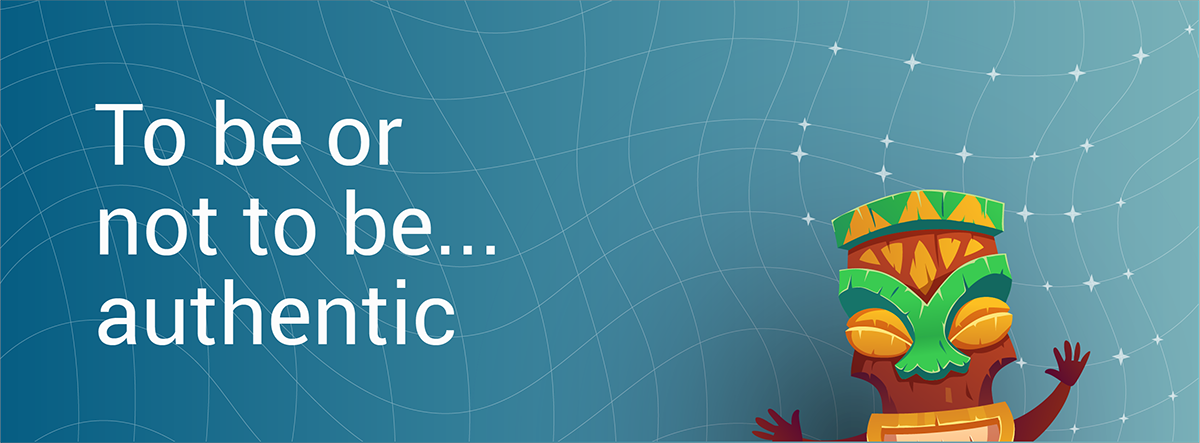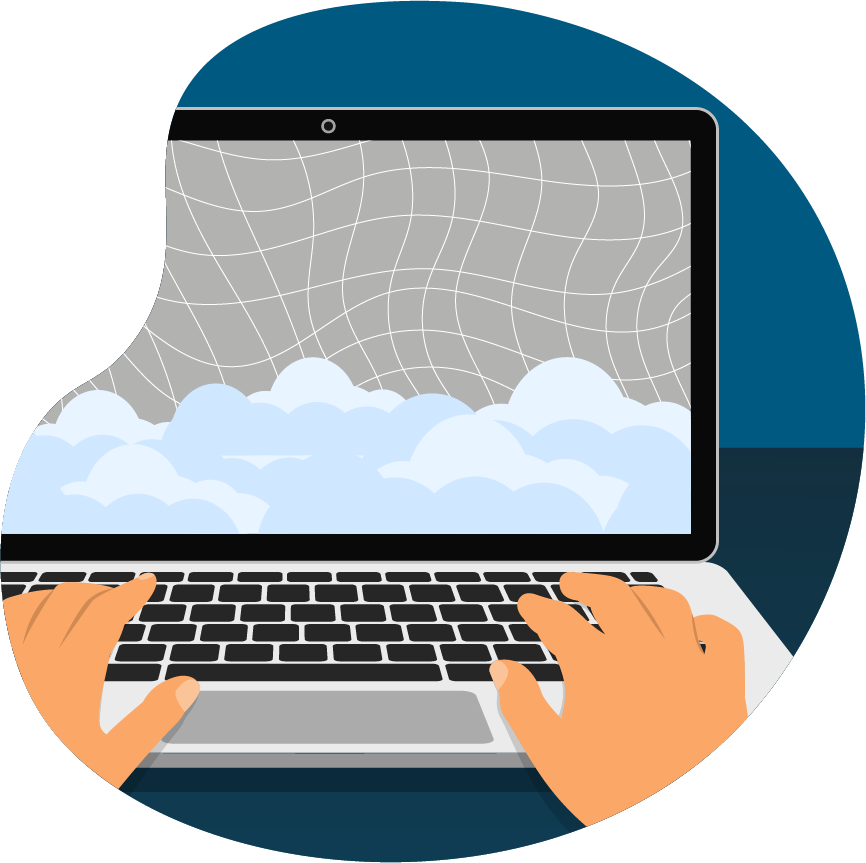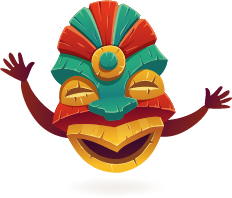
I’ve always loved things that are distinctly human: mixing up words by mistake because your mind is moving quickly (Paul Simon and Fart Artgunkel); tripping over your feet from nothing; the way your speech changes when you’re tired; oversleeping when you can and when you can’t; dreaming scenes that make no sense and desperately trying to make sense of them.

Dreaming
Once I was asked to write about one of my dreams. I dream frequently and have wondered if I should keep a sort of journal to help me remember.
I was sitting in a dark room. I thought it was an interrogation room. There was an overhead lamp at the table where I sat. I looked up and saw two figures. I came to understand that they were magicians.
I don’t know the first thing about magicians, so I’m not sure how I came to that conclusion. Maybe they gave me a weird hat-and-cape-wearer type of impression.
I couldn’t understand what they were saying. I was feeling uncomfortable in the space and couldn’t figure out how to let them know. So I took out my phone and showed them a photo I took of a storm. I hoped it would communicate how I was feeling.
While the circumstances were strange, this is the first time I remember seeing or using technology in my dreams.
It felt natural to convey information this way. Just like when you’ve been learning a language and begin to have dreams where you speak in that tongue. It’s a confirmation that you’ve been internalizing it, and thinking with it.
Language, of any kind, is a tool for shared understanding. A tool to capture and share a moment or a message in a unique way.
A tool for shared understanding
This podcast speaks about Generative AI like this. But, there are many hesitations when it comes to AI — I’ll speak to one of mine.
I am in an exhaustive pursuit of authenticity. Sometimes, being and creating things that are authentically you or yours, takes significant time.
It can feel like cheating authenticity if you take a shortcut to produce something, particularly if it is creative. Creativity requires creation and inspiration. If you are not the one that is creating, how can a piece be authentic?
What makes something authentic or not authentic?
What makes something human or not human?
I’m writing this now by dictating my thoughts to my machine. My mind moves faster than my hands can translate. Dictating to a computer allows me time to experiment with my message—to identify how I can better reach you.
I’ve come to understand that different modes of creation take longer for some to learn and use than for others. For example, fine art creation is not my forte, while creating digitally is more accessible to me. In this space, I prefer to spend my time generating and iterating, rather than dedicating hours to expand an image just to fit a frame.

AI can “support [creators by] performing menial tasks, providing space to concentrate on being creative.”1 Who am I to suggest that a technology that allows for people to better utilize creative programs and, in turn create space for more creative iteration, is inherently inauthentic?
If the goal is not to help others best convey their own story and express themselves (supported by AI or not) then what is? PSA: This is use of AI is very different from taking another artist’s or creator’s work, as that is no longer an authentic expression or communication, at best.
So, this podcast asked me to reframe my view of generative AI and AI in general as a tool that users can learn to alter. Just like changing the settings on a camera might better capture clouds that were once fluffy, but are now bigger and menacing. To help it capture the deep, matte black of the parking lot’s concrete that the same clouds cover — even the grey that stretches past all of that.
Perhaps this is where the magicians come back in.

